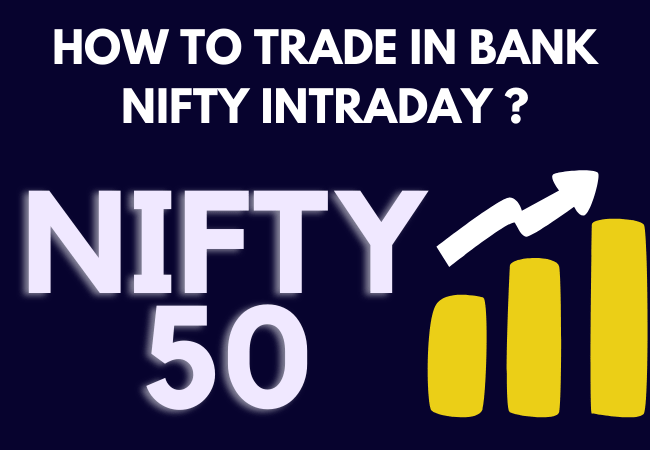
NIFTY 50 and Market Volatility: Understanding the Relationship
The NIFTY 50 is one of the most widely tracked stock market indices in India as it reflects the performance of the 50 largest companies listed on the National Stock Exchange (NSE).
The index provides investors with a snapshot of the broader market’s health, but it’s also sensitive to various factors that cause market volatility.
Understanding the relationship between the NIFTY 50 and market volatility is key to making informed investment decisions, especially when trying to time market entry and exit points or hedge positions in other financial instruments like Bank NIFTY.
What Is Market Volatility?
Market volatility refers to the fluctuations in stock prices over a given period. It is often measured by the standard deviation of returns or by using tools like the India VIX, which gauges market sentiment and predicts short-term volatility.
A higher volatility index indicates greater market uncertainty and potential price swings, while lower volatility suggests more stability.
In practical terms, when volatility is high, the NIFTY 50 is likely to see larger swings in its value over shorter periods. Conversely, low volatility tends to correspond with more gradual price movements.
Factors That Influence NIFTY 50 Volatility
Several factors can drive market volatility, particularly when it comes to the NIFTY 50. Understanding these factors can help investors better anticipate market movements.
1. Macroeconomic Data
Reports on inflation, GDP growth, employment numbers, and interest rates can heavily influence market volatility. Positive data tends to boost investor confidence, leading to upward movements in the NIFTY 50, while negative news often triggers volatility as investors react to potential economic slowdowns.
2. Global Market Conditions
The NIFTY 50 doesn’t operate in isolation. Global economic events such as trade wars, geopolitical tensions, or crises like the COVID-19 pandemic can increase volatility as Indian markets respond to international cues.
3. Corporate Earnings
Quarterly earnings reports of the companies that make up the NIFTY 50 can also trigger volatility. Strong earnings may push the index higher, while disappointing results can lead to rapid sell-offs.
4. Political Events and Policy Changes
Elections, government policy shifts, and changes in regulations can significantly impact investor sentiment. Policy decisions that affect taxation, foreign investment, or industry regulations often lead to volatile market reactions.
How the NIFTY 50 Reacts to Volatility
The NIFTY 50, like any major index, is influenced by these broader market trends and reacts to periods of uncertainty with increased volatility.
For instance, during times of market turbulence, such as global financial crises or localised economic downturns, the NIFTY 50 can experience large daily fluctuations. These periods of heightened volatility can present both risks and opportunities for traders.
Trading NIFTY 50 in Volatile Markets
When volatility spikes, it presents both risks and opportunities for traders. So, how to trade in Bank Nifty or NIFTY 50 during such times? Here are some strategies:
1. Hedging with Derivatives
Investors looking to hedge their positions in the NIFTY 50 often use derivatives like options and futures to mitigate risk.
Trading in Bank NIFTY, a derivative based on the performance of the banking sector, is a common strategy to offset potential losses in the broader market.
For instance, a trader can buy Bank NIFTY options to take advantage of sectoral performance while remaining exposed to NIFTY 50 volatility.
2. Stop-Loss Orders
To protect against sharp declines in a volatile market, using stop-loss orders is crucial. This ensures that your position is automatically sold if the market reaches a predetermined price level, helping to minimise losses.
3. Staying Liquid
In volatile periods, many traders prefer to keep a larger portion of their portfolio in cash or liquid assets. This gives them the flexibility to capitalise on market corrections or rapid swings without risking too much exposure.
4. Long-Term Investing
For long-term investors, market volatility can be a signal to buy undervalued stocks. Periods of high volatility often lead to significant corrections in stock prices, providing opportunities to invest in fundamentally strong companies at lower prices.
The NIFTY 50, being a collection of the top 50 companies in India, can offer excellent long-term investment opportunities during these periods.
Conclusion
Understanding the relationship between NIFTY 50 and market volatility is essential for making well-informed investment decisions.
While volatility may present risks, it also offers opportunities for traders to capitalise on price fluctuations, especially through strategies such as options trading and diversification. With the right approach, market volatility can become an ally rather than an obstacle in achieving your investment goals.
Leave Your Comment